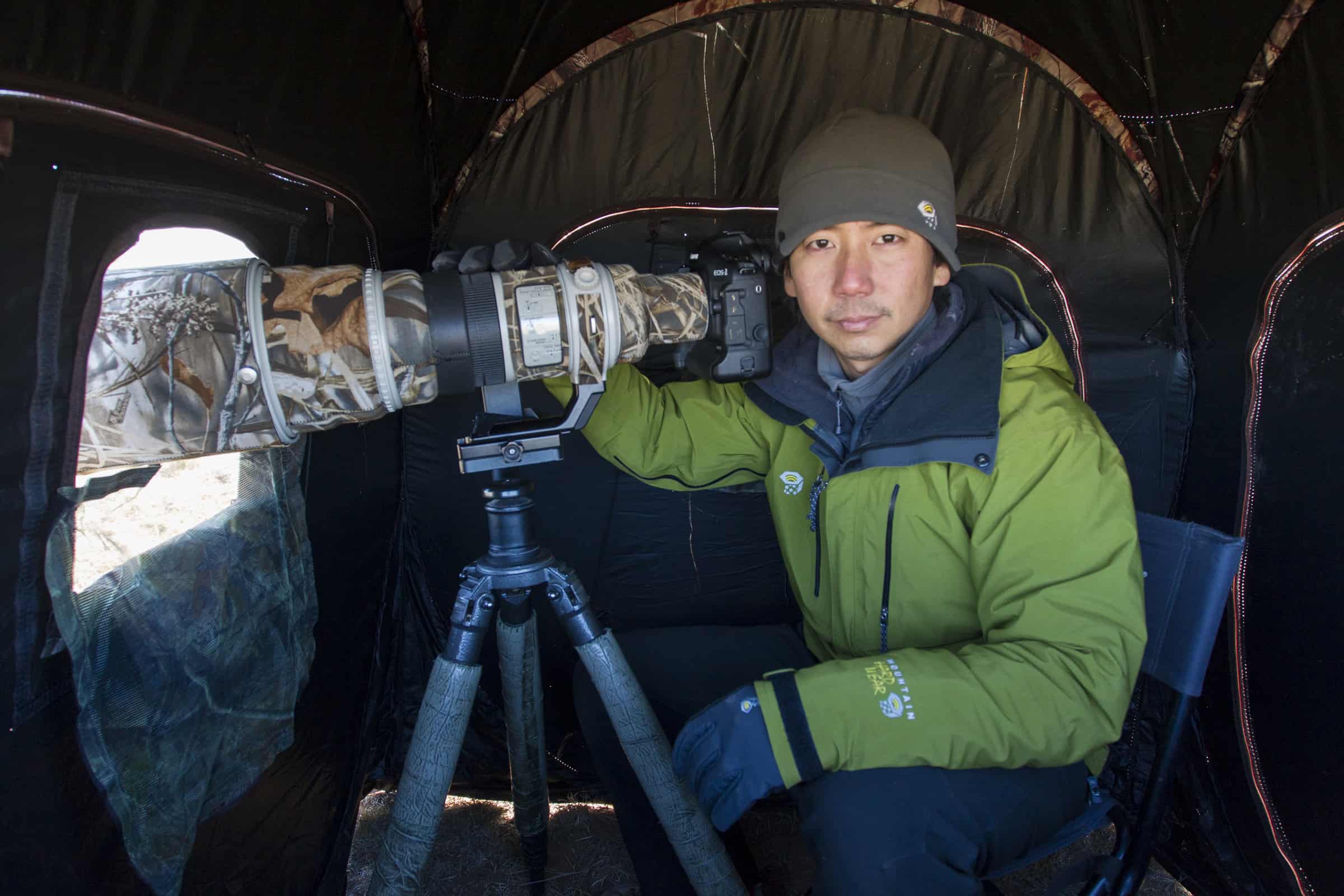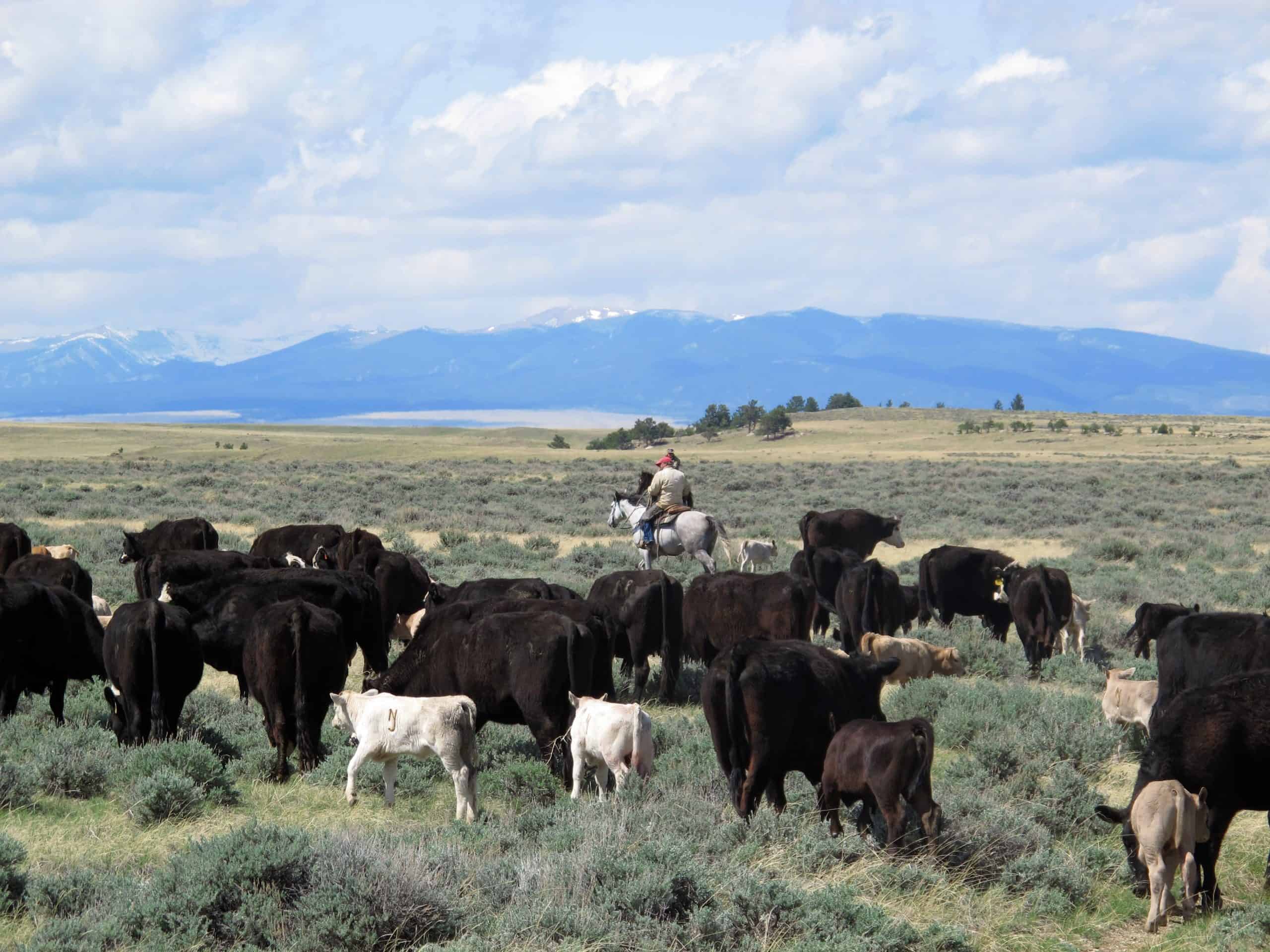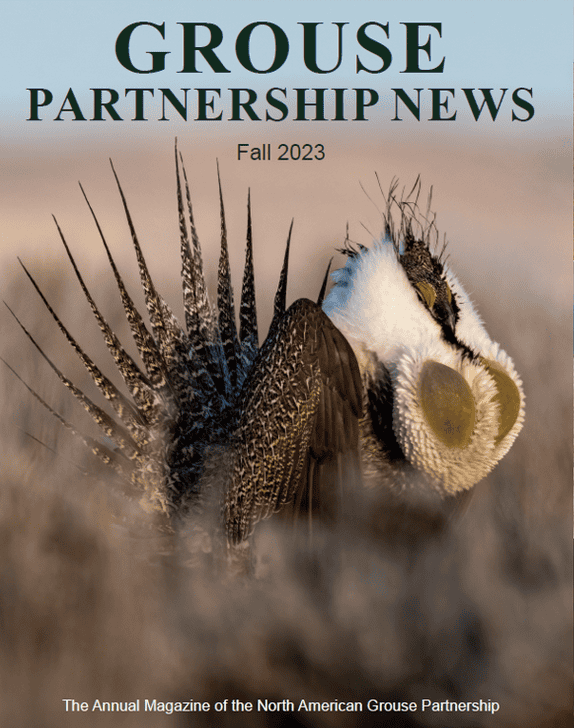How do range managers know they’re taking the right actions in the right places to conserve at-risk wildlife species? Through rigorous scientific research. That’s why the Lesser Prairie-Chicken Initiative supports lesser prairie-chicken research projects across the southern Great Plains.

During the two-day meeting, LPCI Science Advisor Christian Hagen presented findings on two studies–assessing lesser prairie-chicken occupancy, and reasons for the decline in carrying capacity of lesser prairie-chicken populations.
This research took center stage last week at the 32nd annual Prairie Grouse Technical Council meeting in Dickinson, North Dakota, where more than 60 researchers gathered to share findings.
Three species of prairie grouse inhabit the Great Plains—sharp-tailed grouse, greater prairie-chickens, and lesser prairie-chickens. Nearly half of the 32 presentations focused on or included lesser prairie-chickens.
Highlighted studies included:
- Preliminary findings from a project in southeastern Colorado, where a research team is reintroducing lesser prairie-chickens from the shortgrass prairie of northwestern Kansas to the sand sagebrush ecoregion of southeastern Colorado.
- An update on the annual aerial survey, now in its 7th year, which estimates the abundance of the lesser prairie-chicken across its range.
- Discussion of causes of the declining carrying capacity of lesser prairie-chicken populations across the southern Great Plain, as well as potential solutions to this problem.
- The importance of Conservation Reserve Program grasslands for lesser prairie-chicken recovery in Texas.
- Specific grazing management strategies that can produce the habitat structural diversity and biodiversity that lesser prairie-chickens need, in the absence of fire.

The meeting included a half-day site visit with many stops along the way, including this one in which Llewellyn Manske presented findings on the effects of 75 years of non-grazing on a mixed grass prairie exclosure.
- Factors affecting lesser prairie-chicken brood survival in the sand shinnery oak ecoregion of western Texas and eastern New Mexico, including vegetative cover, and insect abundance.
- Patch-burn grazing as an effective tool for providing the habitat diversity lesser prairie-chickens need throughout the year.
In the coming weeks, LPCI will be producing Science to Solutions summaries of two studies that have significant implications for grassland management in the southern Great Plains. Together the two studies suggest specific practices for managing grasslands to produce the kind of vegetative diversity that lesser prairie-chickens need.
Stay tuned!









